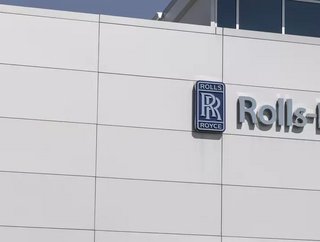Rolls-Royce and Cavendish Nuclear Sign Partnership Agreement

Under a new agreement, Rolls-Royce and Cavendish Nuclear will collaborate on delivery and manufacturing for the automaker’s small modular nuclear power plant (SMR). As a specialist in engineering design, validation, and manufacturing facilities, Cavendish will ensure that countless parts of the power station run smoothly. ‘Our SMR programme has been designed to deliver clean energy for all’, said Tom Samson, CEO of the Rolls-Royce SMR Consortium. ‘And it does so with a revolutionary approach aimed at commoditising the delivery of nuclear power’.
This is part of a UK-wide approach to use lower-carbon energy options to power homes, buses, and workplaces. ‘We see the Rolls-Royce programme as a really exciting opportunity for UK technology and the UK supply chain to make a major contribution to achieving both net-zero in the UK and internationally’, said Dominic Kieran, Managing Director of Cavendish Nuclear.
What is the Goal of the SMR Programme?
The SMR part—the small modular nuclear reactor—takes a ‘radically different approach’ to delivering nuclear energy. By pre-making multiple modular pieces of the reactor, Rolls-Royce plans to cut down the amount of time it takes to build on-site. For nuclear reactors that usually take years to build, test, and activate, this is a huge deal. If nuclear drops in price, it might compete with renewable energy.
Fundamentally, Rolls-Royce wants to provide a long-term, guaranteed power solution for both on-grid and off-grid clean energy. The company has pledged to achieve net-zero greenhouse gas (GHG) emissions by 2030, investing £1.25bn in total research and development in 2020. This SMR power plant is one step in that direction—the UK’s first new nuclear power station in a generation.
How Does Cavendish Nuclear Fit In?
Cavendish will back Rolls-Royce’s environmental mission while providing world-class manufacturing and modularisation—making the components ahead of time in tinier parts. It’s also well-known for its nuclear know-how: 60+ years of industry heritage plus access to 5,000 nuclear suitably qualified and experienced (SQEP) personnel. These people make it possible for Cavendish to deliver large-scale engineering projects, operate nuclear sites, and support the delivery of Rolls-Royce’s new power station.
What’s more, the recently signed agreement will add Cavendish to a lengthy list of companies supporting, in one way or another, the new power station—Assystem, Atkins, BAM Nuttall, Laing O’Rourke, National Nuclear Laboratory (NNL), Jacobs, The Welding Institute (TWI), and Nuclear AMRC. With support from the UK Government through its UK Research and Innovation division, the consortium will now explore ways to cooperate with Cavendish for a successful programme. ‘We believe new nuclear build has a critical role to play in achieving the energy system decarbonisation required to address the challenge of climate change’, said Kieran. ‘We’re looking forward to working with Rolls-Royce to develop how we help take the project forward’.
- Crowe UK: 2024 Manufacturing Outlook Report Explores GrowthProduction & Operations
- Top 10: Chief Manufacturing OfficersProduction & Operations
- Aerospace Insight: Where does Boeing make all of its PlanesProduction & Operations
- Comau's Automation Solutions for Outside of ManufacturingAI & Automation






